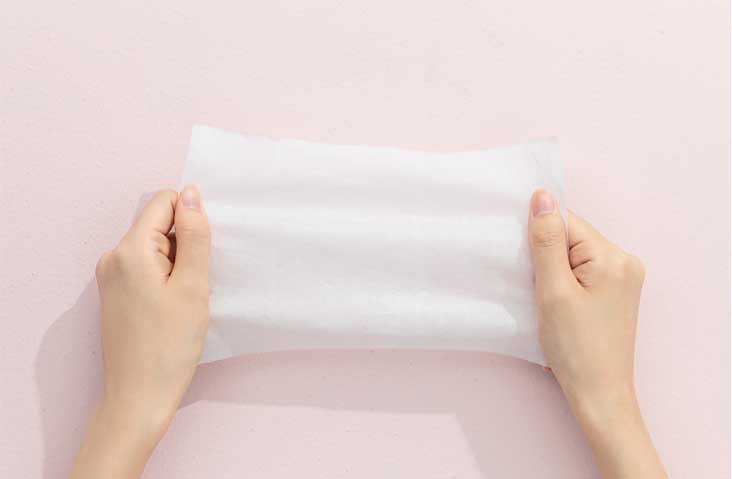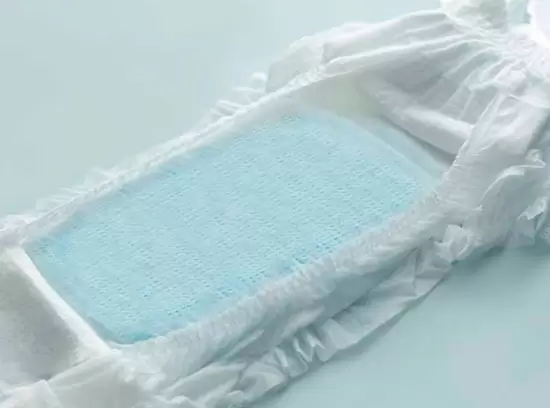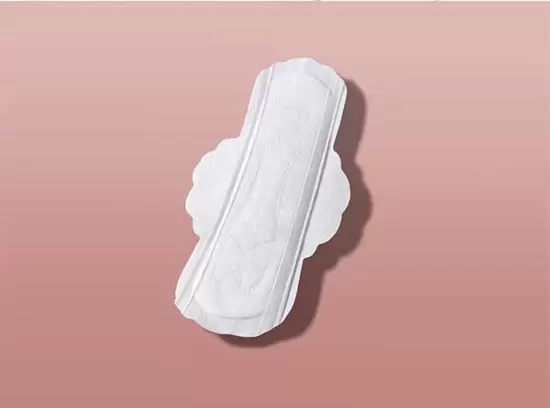Difference between Woven and Non-Woven
Non-woven fabric is a kind of fabric formed without spinning and weaving. It just orients or randomly arranges short textile fibers or filaments to form a web structure, and then reinforces them by spunlace, hot melt, mechanical entanglement, etc. Nonwovens have broken through the traditional textile principles, and have the characteristics of short process procedures, fast production speed, high output, low cost, wide application, and multiple sources of raw materials. In addition, in terms of performance, it also has breathability, filterability, heat retention, water absorption, water resistance, stretchability, no mess, good hand feeling, soft, light, elastic, recoverable, no inherent directionality of fabric, etc.
The main difference between non-woven fabrics and woven fabrics is reflected in:
1. Different crafts: woven fabrics are made of short fibers such as cotton, hemp, and cotton after spinning, and are interwoven and knitted together by yarns one by one. Spunlace nonwoven fabric is a kind of fabric formed without spinning and weaving. The short textile fibers or filaments are oriented or randomly arranged to form a fiber network structure.
2. Different durability: the woven fabric is strong and durable, and can be washed many times. Due to the relatively simple manufacturing process and low cost, non-woven fabrics cannot be washed many times.
3. Different uses: woven fabrics can be made into clothes, hats, rags, screens, curtains, etc. according to different materials. Nonwoven fabrics are mostly used in personal care products, such as the surface of sanitary napkins, diapers, cotton pads, facial masks, etc. The industry is also a large application category, such as filter materials, insulation materials, cement packaging bags, geotextiles, wrapping cloths, etc.
Important Non woven Fabric Examples in Our Life
The application of cotton spunlace nonwoven fabric produced by non woven fabric manufacturer is very wide, you can see the non-woven products in every place of your life, it is not only applied to daily necessities, but also to industrial fields far away from daily necessities, the main uses of non-woven fabrics can be roughly divided into:
● Medical applications: surgical gowns, protective clothing, disinfection wraps, masks, etc.;
● Personal hygiene care applications: baby diapers, sanitary pads, adult incontinence pants, anti-galactorrhea pads, adult nursing pads, baby wipes, pet wipes, dry wipes, etc.;
● Cosmetic applications: cotton pads, facial masks, cotton swabs, etc.;
● Home decoration applications: wall coverings, tablecloths, bed sheets, bed covers, etc.
● Clothing application: lining, fusible interlining, flakes, shaped cotton, various synthetic leather base fabrics, etc.;
● Industrial applications: filter materials, insulating materials, cement packaging bags, geotextiles, covering cloth, etc.;
● Agricultural applications: crop protection cloth, seedling raising cloth, irrigation cloth, heat preservation curtain, etc.;
● Others: space cotton, thermal insulation, sound insulation materials, oil-absorbing felts, cigarette filters, bags of tea bags, etc.
①Diaper
Diapers are not entirely made of non-woven fabrics. Diapers are all disposable and made of non-woven fabrics, fluff pulp, and some polymer materials. The most important thing about diapers is whether they are soft, comfortable, and dry. Compared with cloth diapers, paper diapers are drier, have stronger suction, and are more convenient to use. Cloth diapers are not as clean and hygienic as disposable diapers for repeated use. The covering layer on the surface of the diaper is close to the baby’s body, which can promote the rapid penetration of urine and effectively prevent rewetting, and keep the surface of the diaper dry. The diapers currently on the market are basically non-woven fabrics. The breathable biodegradable non woven fabric can improve the air permeability inside the diaper, the water vapor can flow out of the diaper, and the moisture and heat can be discharged in time, effectively reducing the possibility of diaper rash.
②Agricultural coverings/seed strips
Non-woven fabric has the characteristics of good water permeability, good water permeability, lightweight, and convenient construction, and the mesh is not easy to be blocked. It is widely used in agricultural applications. Mainly used in vegetable blooming, weed control and weeding, rice seedling raising, dust prevention and dust suppression, slope protection, pest control, grass planting, and grass cultivation, lawn greening, sunshade, and sun protection, seedling cold protection, etc. The main functions of agricultural non-woven fabrics are cold-proof, heat-preservation, dust-proof, and environmental protection. It has gentle temperature changes, a small temperature difference between day and night, no need for ventilation to harden seedlings, and reduces watering times, saving time and effort.
③Medical products & supplies
The use of nonwovens in the medical field can be traced back to the time of World War II when there was a demand for new and a large number of medical products. Wound care was and still is the main use of medical and surgical nonwovens. Nonwovens find applications in a variety of healthcare products such as absorbent pads, incontinence products, patient and staff garments, surgical sheets and blankets, burn dressings, gowns, disposable underwear, dressings, drug delivery devices, face masks, filtration medium, nose strips, pillows, shoe covers, sponges, sutures, tissue holders, towels, wraps, etc. These products are effectively used in ambulances, consulting rooms, ICUs, laboratories, operating rooms, wards and more.
④Hygiene products
Nonwovens are used in baby diapers, feminine hygiene, adult incontinence, and personal care products. They are used in multiple elements of the products. Such as top sheet or cover stock, leg cuff, acquisition/distribution layer, core wrap, back sheet, stretch ears, landing zone, dusting layer, and fastening systems.
Women worldwide deal with regular and intermittent bleeding and discharge for approximately 40 to 45 years of their lives as a natural consequence of being a woman. The variety of products now available, including internal and external feminine protection products along with their comfort and size, helps to promote women’s increased independence and their ability to be active at any time of the month, and the application of nonwovens plays a key role.
⑤Cosmetic removers & applicators
A high-quality cotton pad must have excellent water absorption capacity and will not drip at all after being fully soaked in liquid. At the same time, it also needs to have a super water-releasing ability, without leaving any fibers or impurities on the face after use. Non-woven spunlace fabric has excellent water absorption and water release capabilities and are more economical in the use of makeup remover products and toners. When using cotton pads, special attention should be paid not to rubbing the skin vigorously and repeatedly, and the movements should be as gentle as possible, mainly sticking and pressing. Try to choose well-known brands with good quality, delicate and soft, loose structure, and good reputation.
⑥Tea Bags & Coffee
Non-woven fabrics are ideal for tea bags and single-serve coffee bags because they have no odor or taste and are extremely strong when wet, so you don’t have to worry about tea leaves or coffee grounds floating in your drink. Since the packaging needs to be in direct contact with food, the most important thing here is to choose natural and healthy raw materials. Non-woven fabrics made of cotton will be the best choice for non-woven fabric tea bags, and coffee bags as well.
The application of non-woven fabrics includes daily use and industrial spunlace nonwoven is more extensive than you can imagine, from the sky to the land, you can find it in various places. Under the guidance of the global environmental protection trend, it is undoubtedly more in line with market trends and consumer preferences to choose more environmentally friendly non-woven raw materials. Environmentally friendly and biodegradable cotton occupies an unchallenged position among them.














